Introduction
Snow fungus, scientifically known as Tremella fuciformis, is a type of edible mushroom that has been cherished in traditional Chinese medicine and cuisine for centuries. Its jelly-like texture and mild flavor make it a versatile ingredient in various dishes, from sweet soups to savory stir-fries. One of the most common methods of preserving snow fungus is by drying it, which not only extends its shelf life but also intensifies its flavor and aroma. In this comprehensive guide, we will explore the process of drying fresh snow fungus, from preparation to storage, ensuring that you achieve the best possible results.
Understanding Snow Fungus
Before diving into the drying process, it’s essential to understand the basics of snow fungus. This unique mushroom grows naturally on dead or decaying wood, particularly in temperate and subtropical regions. Its appearance resembles a cluster of tiny, translucent icicles, hence its name “snow fungus.” When fresh, snow fungus has a soft, gelatinous texture and a slightly sweet taste. Dried snow fungus, on the other hand, becomes more compact and resilient, with a concentrated flavor that intensifies during cooking.
Why Dry Snow Fungus?
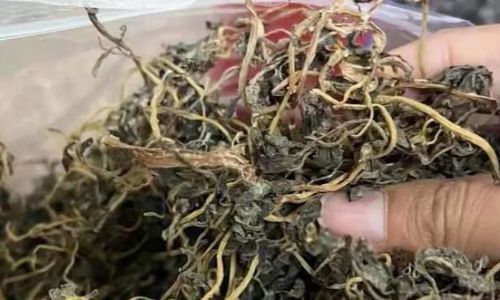
Drying snow fungus serves several purposes:
- Preservation: Dried snow fungus can be stored for extended periods without spoiling, making it a convenient option for year-round use.
- Flavor Enhancement: The drying process concentrates the natural sugars and flavors of the mushroom, resulting in a richer taste when rehydrated and cooked.
- Ease of Transportation and Storage: Dried snow fungus occupies less space and is lighter, making it easier to transport and store.
- Versatility in Cooking: Dried snow fungus can be used in a wide range of dishes, from soups and desserts to stir-fries and salads.
Preparing Fresh Snow Fungus for Drying
-
Selection and Cleaning
- Start by selecting fresh snow fungus that appears healthy and free from mold, discoloration, or other signs of spoilage.
- Carefully remove any dirt or debris by gently rinsing the mushrooms under cold running water. Avoid soaking them, as this can cause them to lose their shape and texture.
- Pat the snow fungus dry using a clean kitchen towel or paper towels. Excess moisture can interfere with the drying process.
-
Trimming and Separating
- Use a sharp knife or scissors to trim away any hard or dried-out parts of the snow fungus.
- Separate the individual clusters or pieces to ensure even drying. Larger pieces may need to be cut into smaller, more manageable sections.
-
Blanching (Optional)
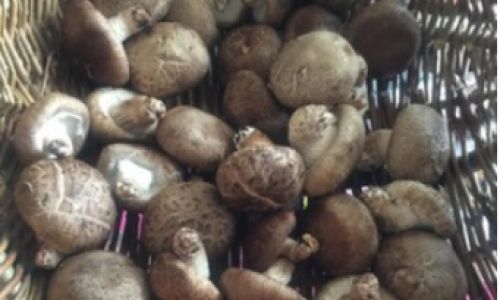
- While blanching is not strictly necessary, it can help to set the color and texture of the snow fungus, making it more appealing once dried.
- Bring a pot of water to a boil and prepare an ice bath.
- Quickly dip the snow fungus into the boiling water for about 30 seconds to 1 minute, then immediately transfer it to the ice bath to stop the cooking process.
- Drain and pat the snow fungus dry again before proceeding to the next step.
Drying Methods
There are several methods for drying snow fungus, each with its own set of pros and cons. The choice of method will depend on your available equipment, time constraints, and personal preferences.
-
Sun Drying
- Lay the prepared snow fungus pieces on clean, mesh drying trays or muslin cloths in a sunny, well-ventilated area.
- Ensure that the pieces are not overlapping to allow for even drying.
- Sun drying can take several days, depending on the intensity of the sunlight and humidity levels.
- Monitor the snow fungus regularly, turning the pieces occasionally to ensure even drying.
- Once fully dried, the snow fungus should be brittle and have a light, golden hue.
-
Dehydrator Drying
- Using a food dehydrator is a faster and more controlled method of drying snow fungus.
- Set the dehydrator to a temperature between 115°F (46°C) and 135°F (57°C). Lower temperatures are preferred to preserve the delicate texture and flavor.
- Arrange the snow fungus pieces on the dehydrator trays, ensuring they are not touching.
- Dehydrating can take anywhere from 6 to 12 hours, depending on the size and thickness of the pieces.
- Check the snow fungus periodically, and once it feels brittle and dry to the touch, it is ready.
-
Oven Drying
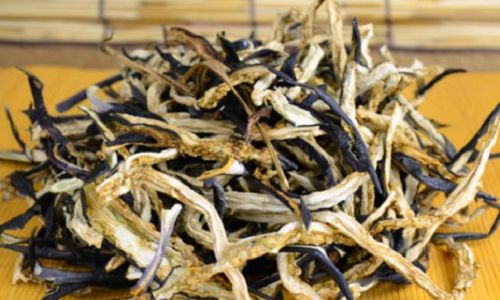
- If you don’t have a dehydrator, you can use your oven on its lowest setting (usually around 150°F or 65°C) with the door slightly ajar to allow for ventilation.
- Line a baking sheet with parchment paper and spread the snow fungus pieces in a single layer.
- Prop the oven door open with a wooden spoon or a towel to prevent the oven from becoming too hot and to allow moisture to escape.
- Oven drying can take several hours, so keep a close eye on the snow fungus to prevent it from overcooking or burning.
- Once dry, remove from the oven and allow it to cool completely before storing.
Storing Dried Snow Fungus
Proper storage is crucial to maintain the quality and freshness of dried snow fungus. Here are some tips for long-term storage:
- Airtight Containers: Store dried snow fungus in airtight glass or plastic containers with tight-fitting lids. Avoid using metal containers, as they may react with the mushroom’s natural oils.
- Cool, Dark Place: Keep the containers in a cool, dark place, such as a pantry or cupboard. Avoid exposing the snow fungus to direct sunlight or heat, which can degrade its quality.
- Moisture-Free Environment: Ensure that the storage area is free from moisture to prevent the snow fungus from absorbing humidity and becoming moldy.
- Labeled and Dated: Label the containers with the date of drying to keep track of how long the snow fungus has been stored. For best quality, use within one to two years.
Rehydrating Dried Snow Fungus
When you’re ready to use your dried snow fungus, rehydrating it is a simple process:
- Place the desired amount of dried snow fungus in a bowl or container.
- Cover with cold water and allow it to soak for several hours or overnight, depending on the size of the pieces.
- The snow fungus will gradually absorb the water and revert to its original, jelly-like texture.
- Once fully rehydrated, gently squeeze out any excess water and proceed with your recipe.
Conclusion

Drying fresh snow fungus is a rewarding process that not only preserves this delicate mushroom but also enhances its flavor and versatility. By following the steps outlined in this guide, you can achieve beautifully dried snow fungus that retains its nutritional value and culinary appeal. Whether you choose sun drying, dehydrator drying, or oven drying, the key is to monitor the process closely and store the dried mushroom properly to ensure its longevity. With dried snow fungus on hand, you’ll be ready to create a wide variety of delicious and nutritious dishes that highlight this unique and cherished ingredient.


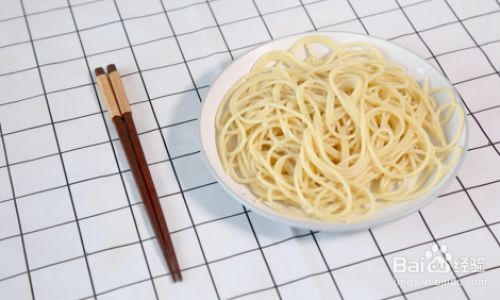
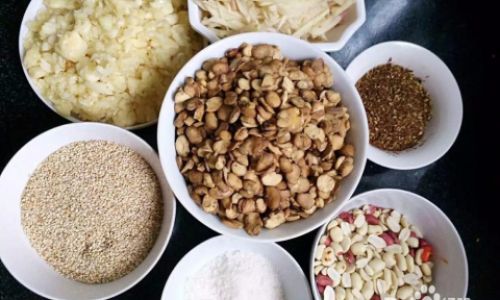
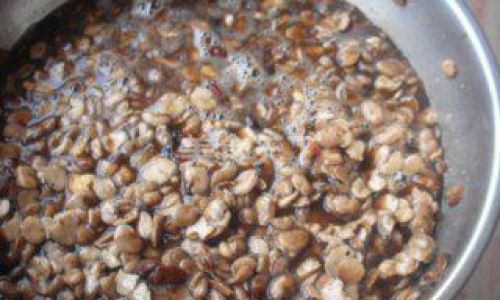

0 comments